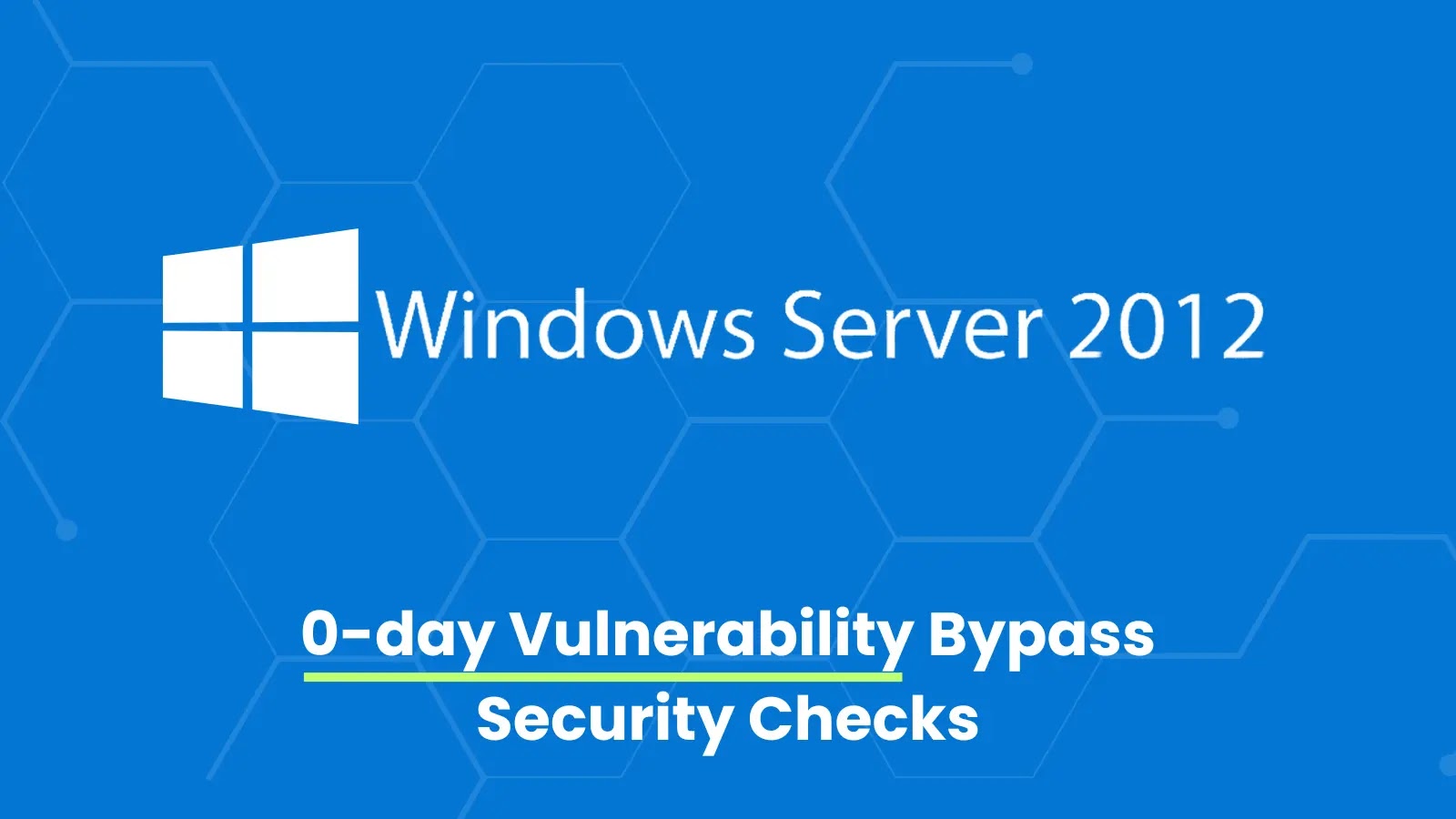A critical security vulnerability in Windows Server 2012 and Server 2012 R2 has been uncovered, allowing attackers to bypass essential security checks enforced by the Mark of the Web (MotW) feature.
This zero-day flaw, which has remained undetected for over two years, poses a significant threat to organizations still relying on these server versions, even those with fully updated systems and Extended Security Updates.
The newly discovered vulnerability affects certain types of files, potentially exposing servers to malicious attacks. While specific details are being withheld to prevent exploitation, the flaw’s longevity and its presence in fully patched systems underscore the critical nature of this security issue.
0patch security researchers identified the vulnerability and promptly reported it to Microsoft. In the interim, they have developed micropatches to address the issue, which will remain free until Microsoft releases an official fix.
Leveraging 2024 MITRE ATT&CK Results for SME & MSP Cybersecurity Leaders – Attend Free Webinar
This proactive approach aims to protect affected systems while awaiting a permanent solution from the software giant.
Affected Systems
The vulnerability impacts:
- Windows Server 2012 (updated to October 2023)
- Windows Server 2012 R2 (updated to October 2023)
- Windows Server 2012 with Extended Security Updates
- Windows Server 2012 R2 with Extended Security Updates
Micropatch Availability
To mitigate the risk, free micropatches have been made available for affected systems. These patches have been distributed to online computers with the 0patch Agent installed on PRO or Enterprise accounts, providing immediate protection against potential exploits.
This discovery highlights the ongoing security challenges faced by organizations using older Windows Server versions. It serves as a stark reminder of the importance of regular security audits and the need for robust patch management strategies.
Security experts recommend that organizations still relying on Windows Server 2012 and 2012 R2:
- Apply the available micropatches immediately
- Monitor for any official updates from Microsoft
- Consider upgrading to more recent, fully supported server versions
- Implement additional security measures to protect critical systems
The emergence of this zero-day vulnerability underscores the constant evolution of cyber threats. It demonstrates that even systems believed to be fully updated can have critical security flaws.
As the cybersecurity community awaits Microsoft’s official fix, this vulnerability highlights the crucial role of independent security researchers and third-party patch providers in maintaining the integrity of widely used software systems.



